Destroying plastic with tiny laser-forged diamonds?
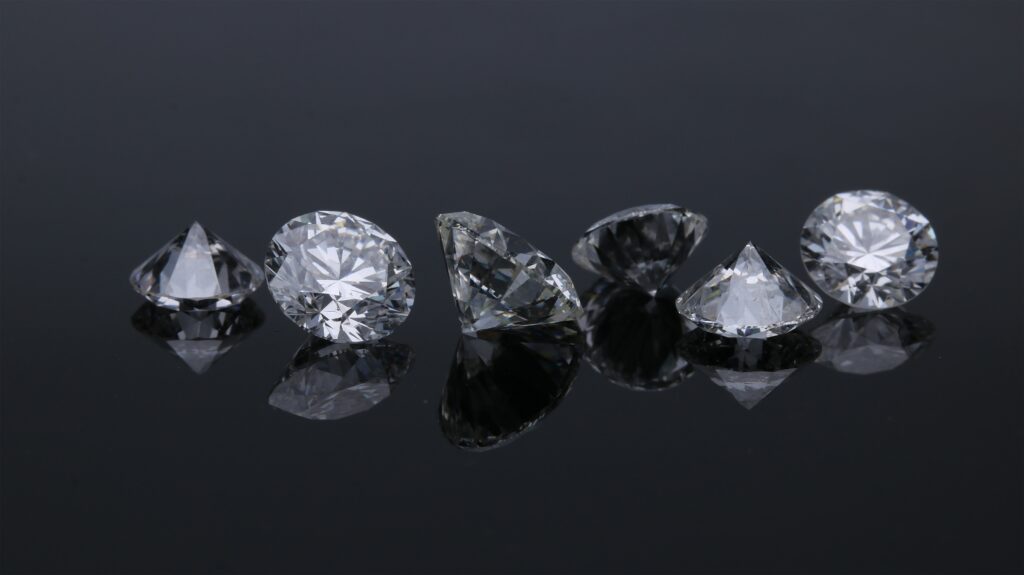
A laser blast produces miniature diamonds out of old plastic—that’s right, the same kind used in soda bottles. When compressed to about a million times Earth’s atmospheric pressure and heated to thousands of degrees Celsius, polyethylene terephthalate, or PET, forms nanodiamonds, physicists report.
Ice giant planets such as Neptune and Uranus have similar temperatures, pressures, and combinations of chemical elements to the materials in the study, suggesting that diamonds may rain down into those planets. In addition, the researchers say, the new technique could be used to make nanodiamonds for use in quantum devices and other applications.
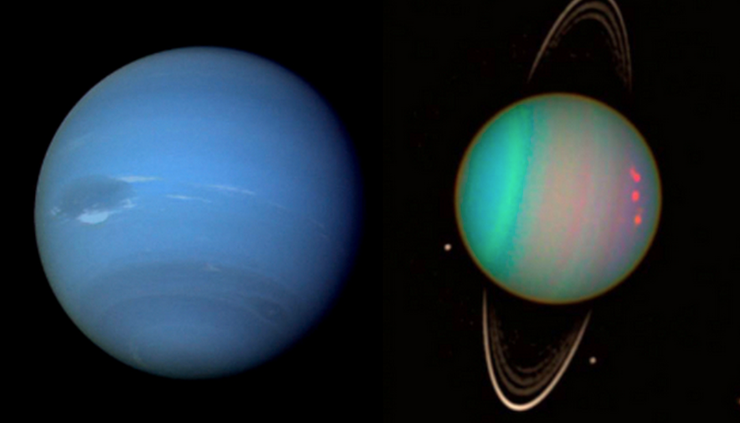
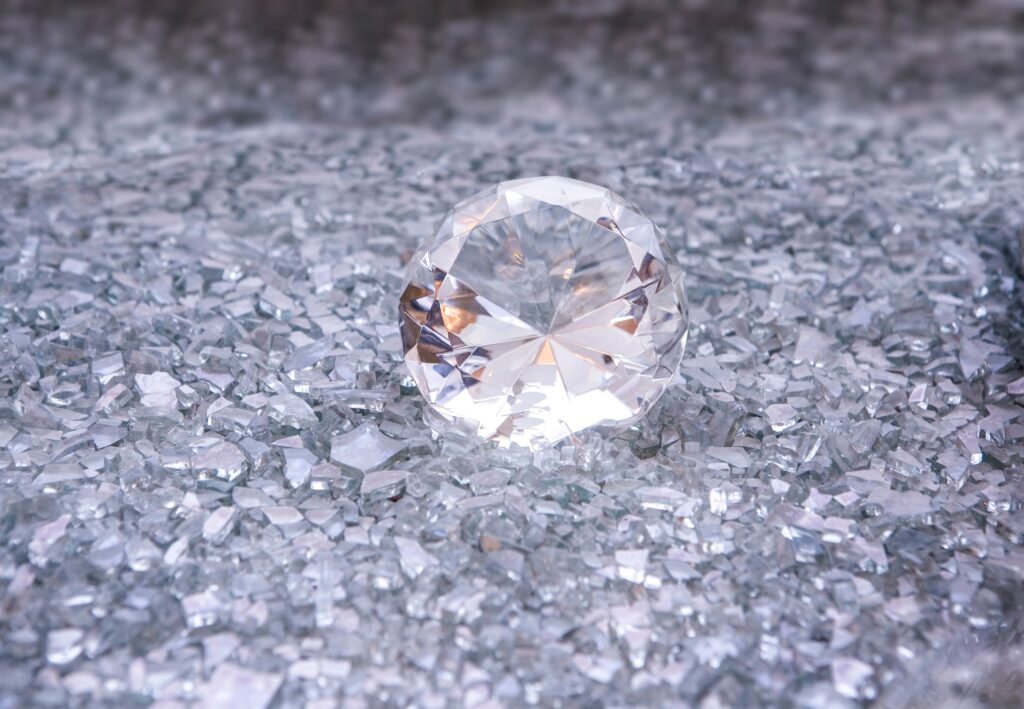
In the new study, the researchers trained lasers on plastic samples, each laser burst sending a shock wave at full speed through the plastic, increasing the pressure and temperature inside. Probing the material with bursts of X-rays revealed that nanodiamonds had formed.
Previous studies had created diamonds by compressing compounds of hydrogen and carbon, but PET, which is commonly used in food and beverage containers, contains not only hydrogen and carbon, but also oxygen; that makes it a better match for the composition of ice giant planets like Neptune and Uranus. Oxygen seems to help diamond formation.
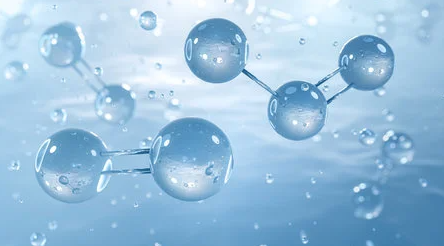
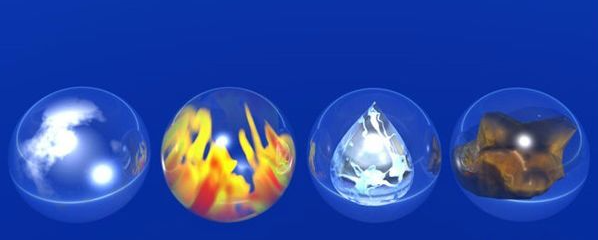
Nanodiamonds are commonly produced using explosives, a process that is not easy to control. The new technique could create nanodiamonds that are more easily adapted for particular uses, such as quantum devices made from flawed diamonds where, for example, nitrogen atoms replace some of the carbon atoms.
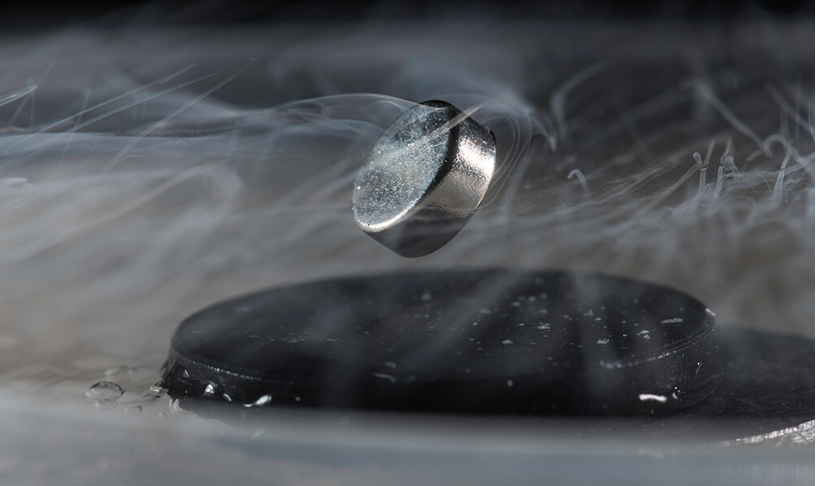
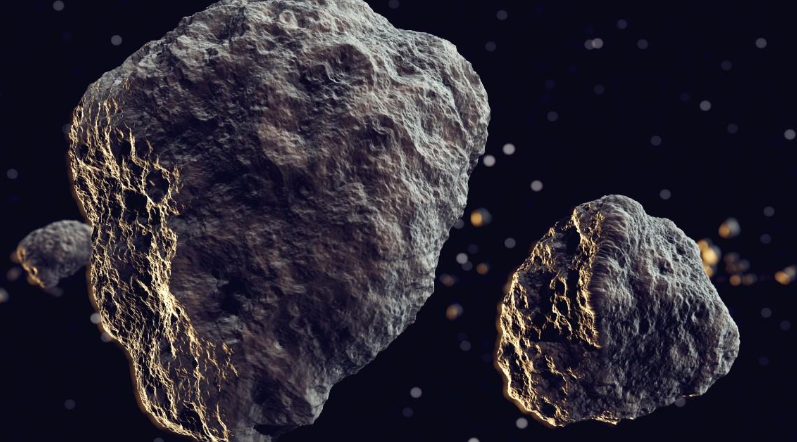
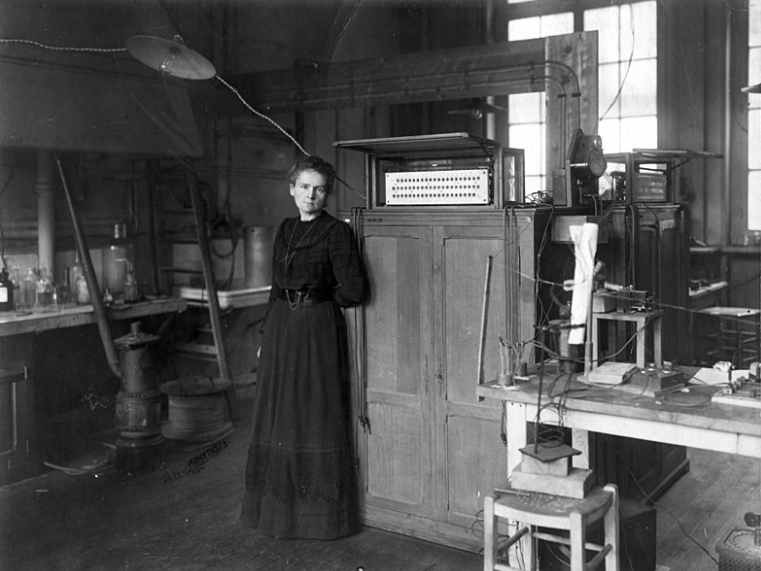

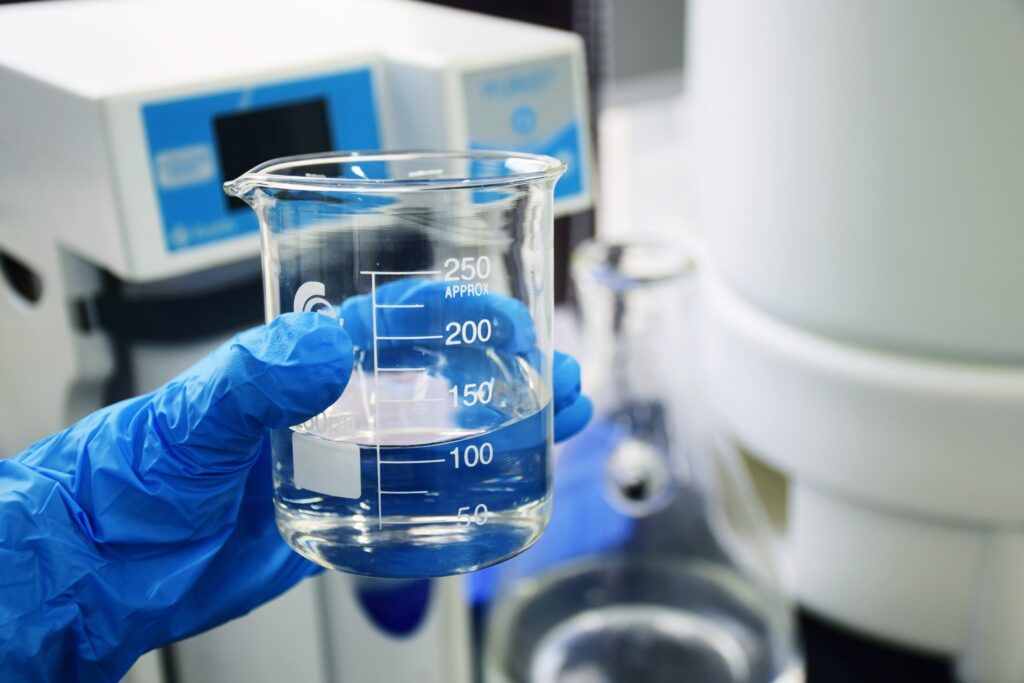
Responses